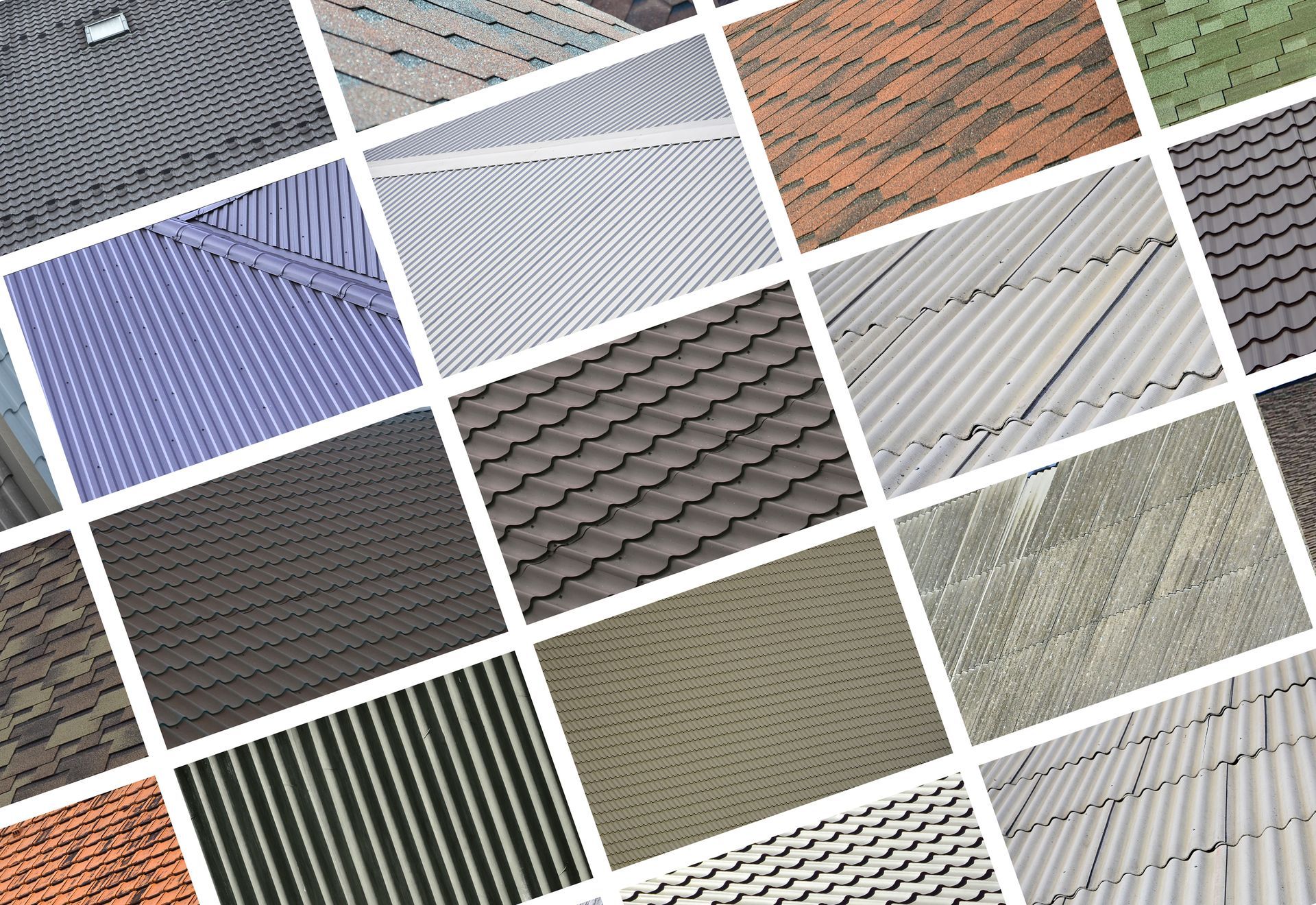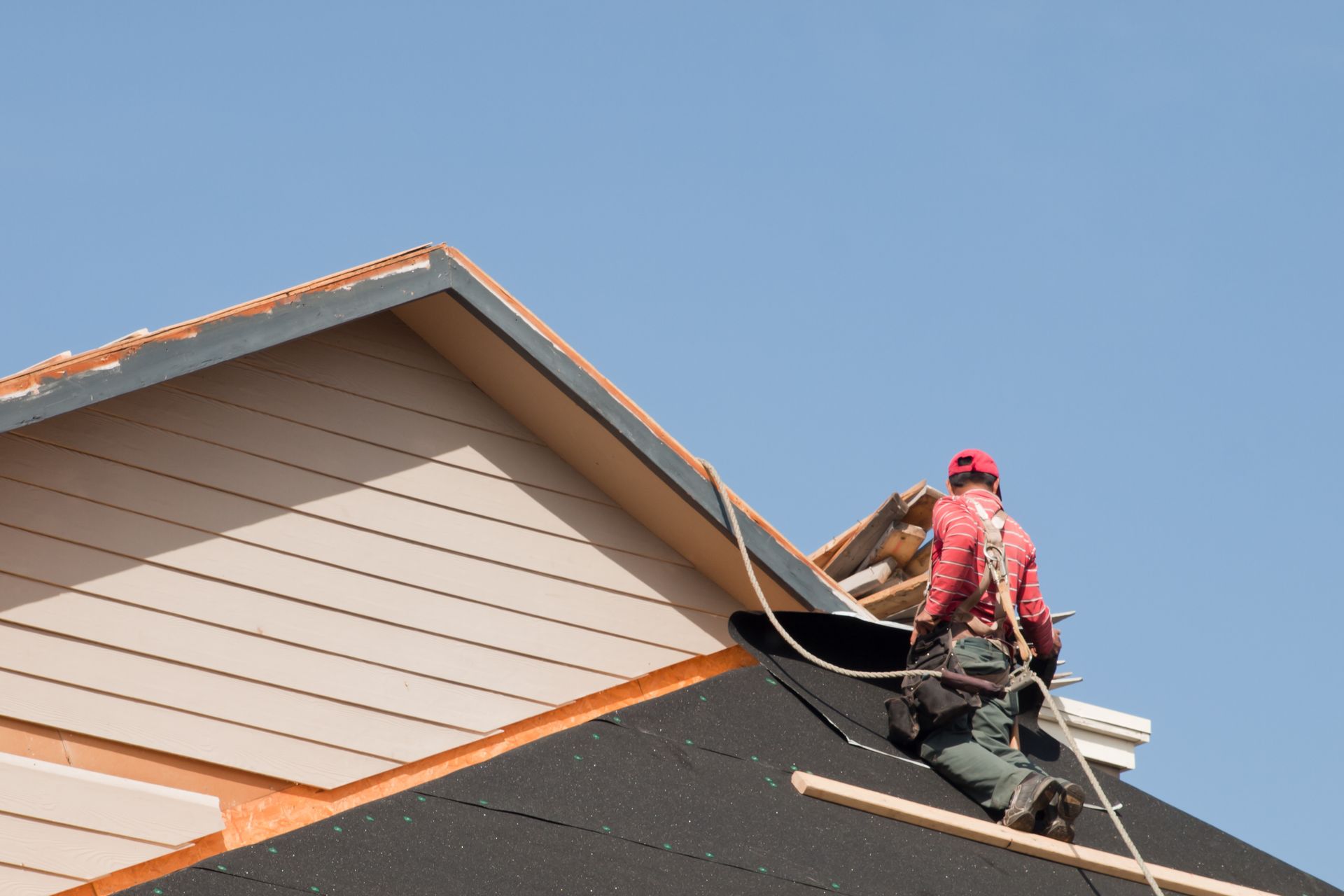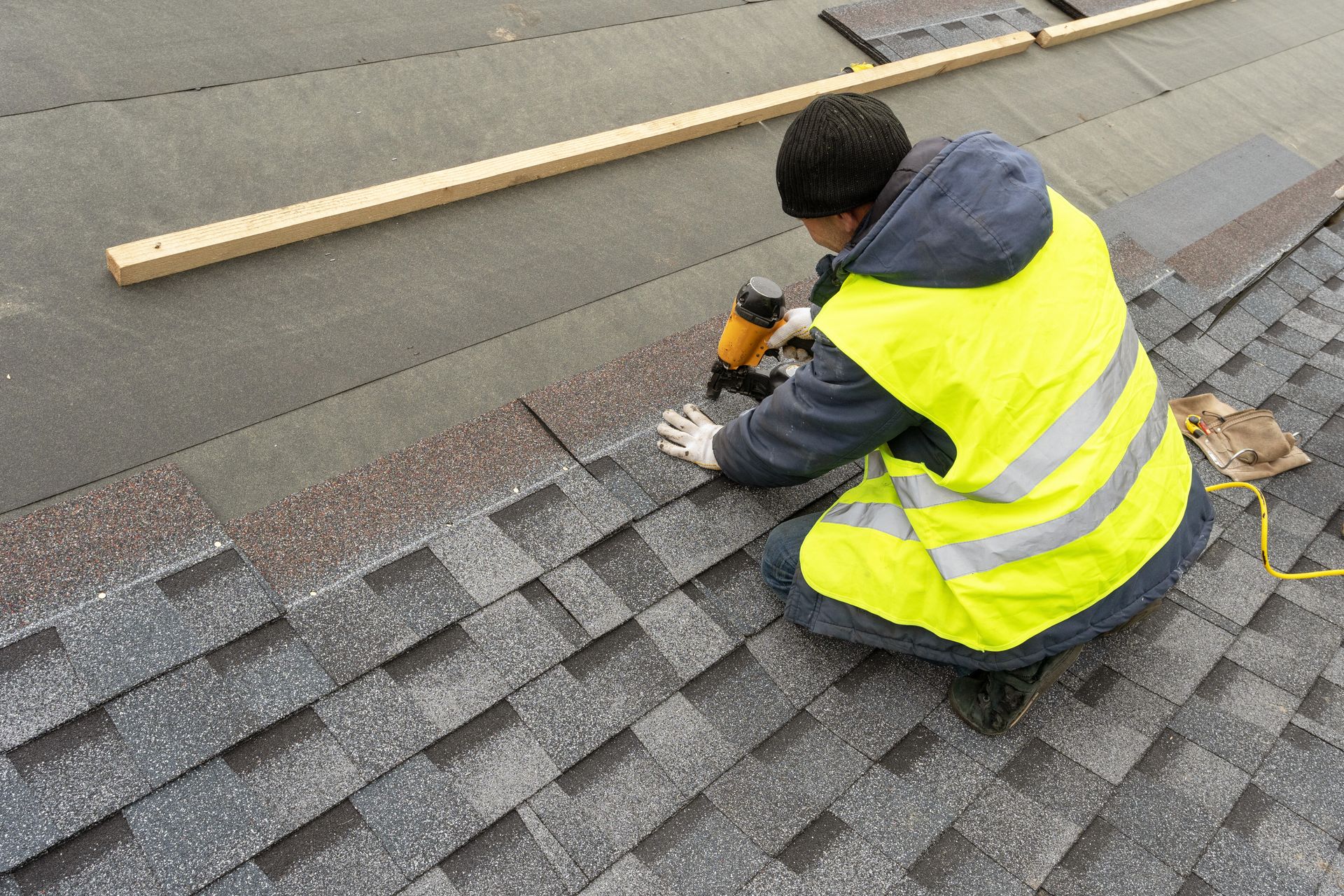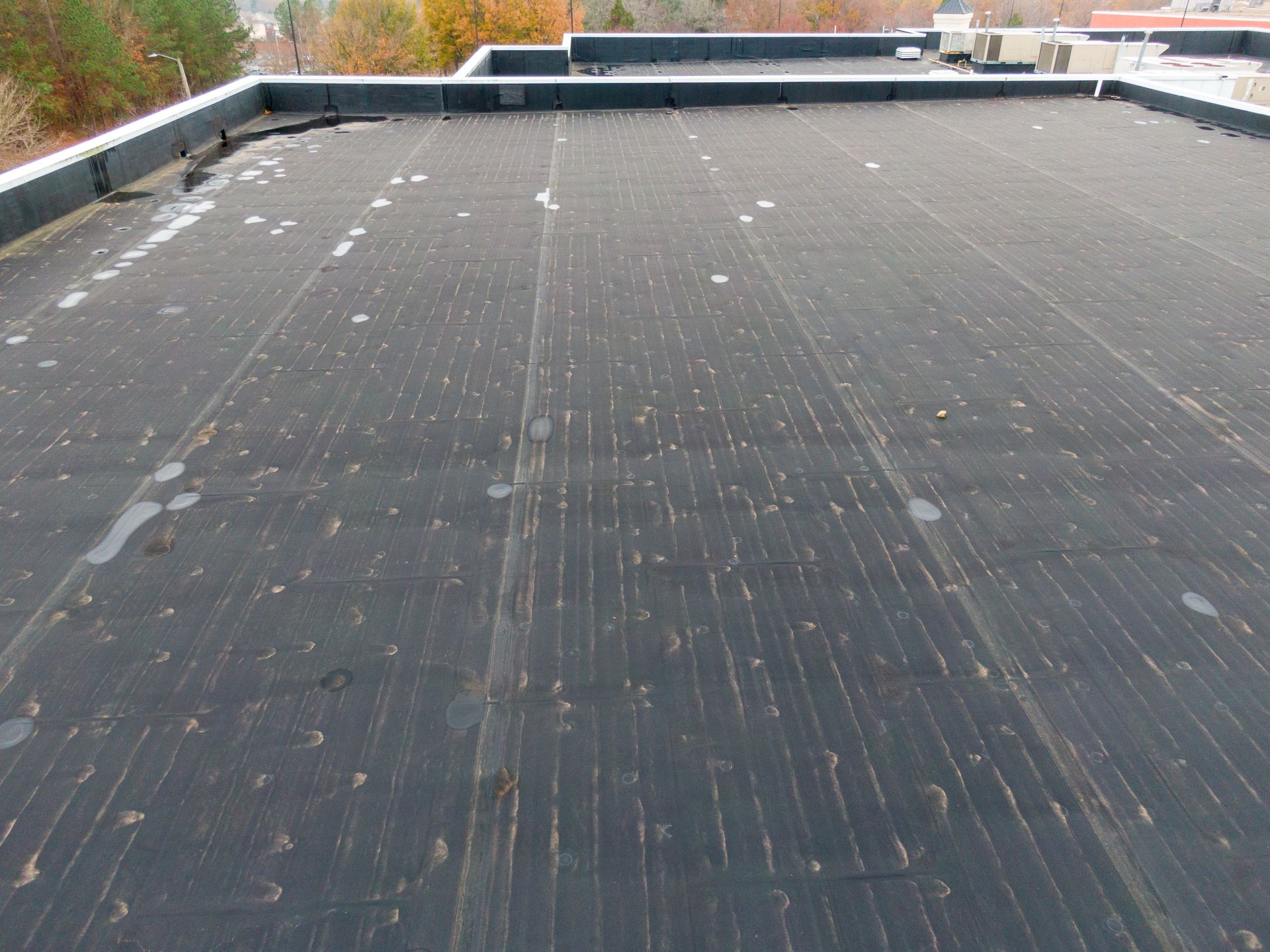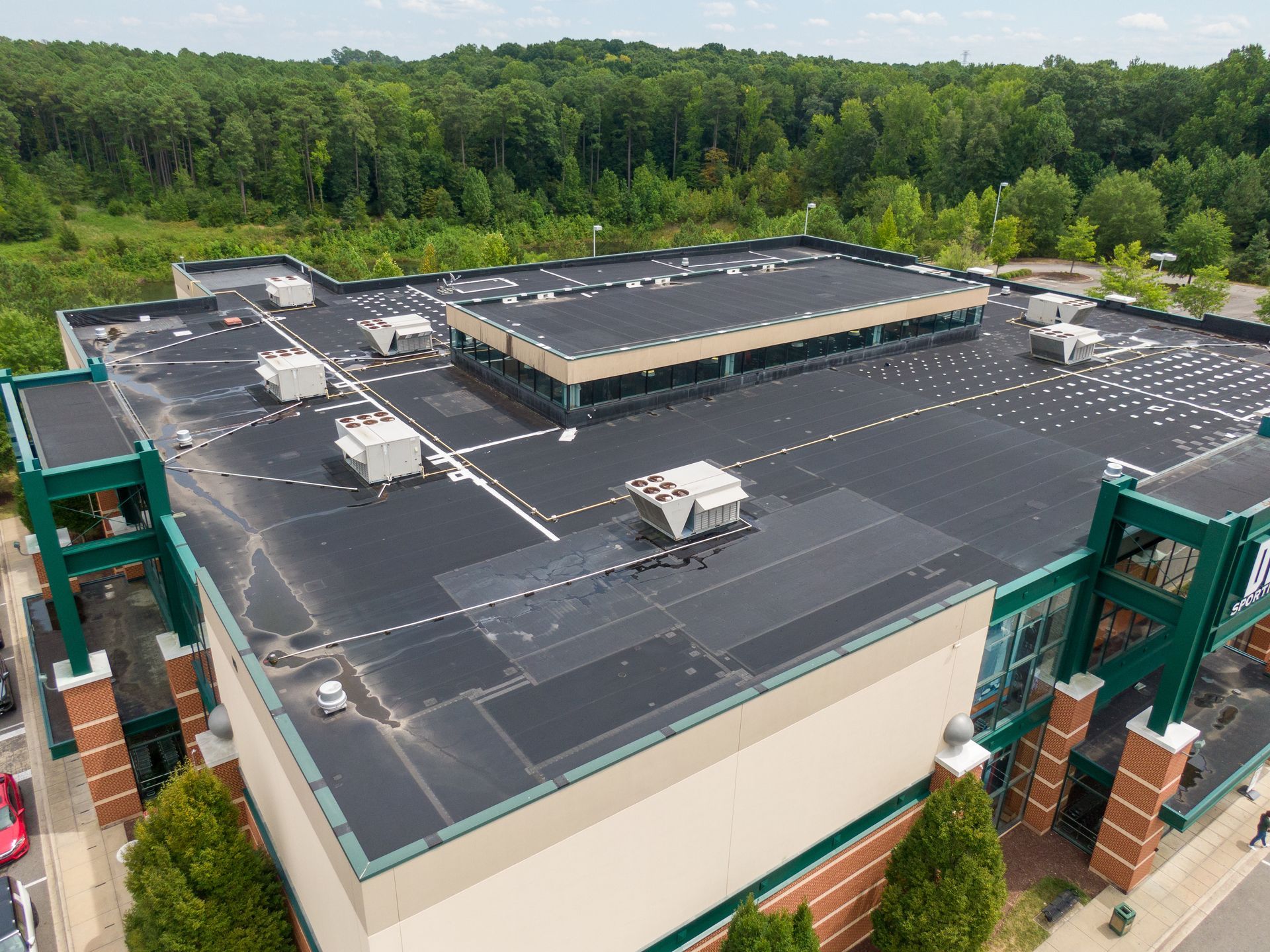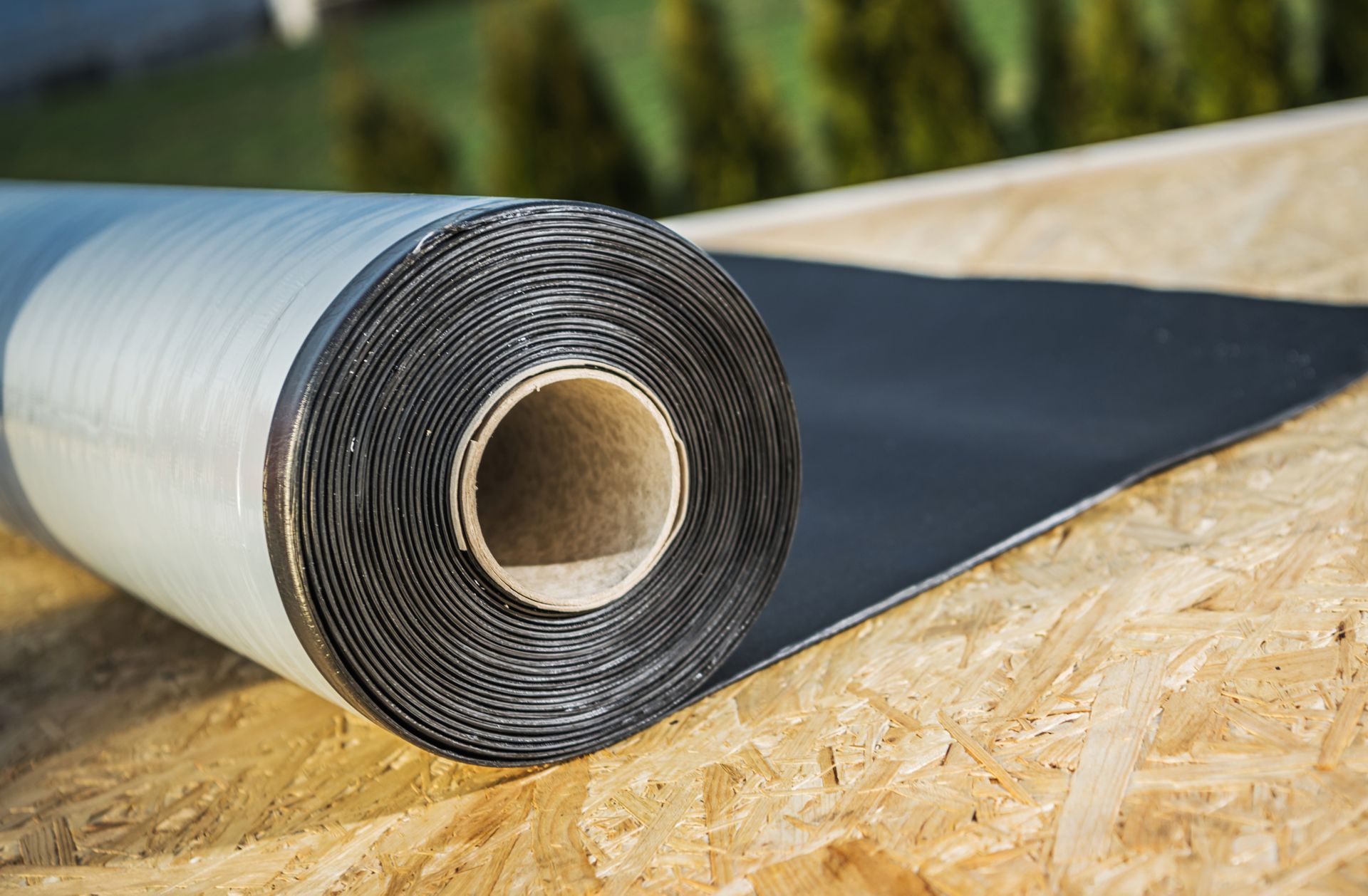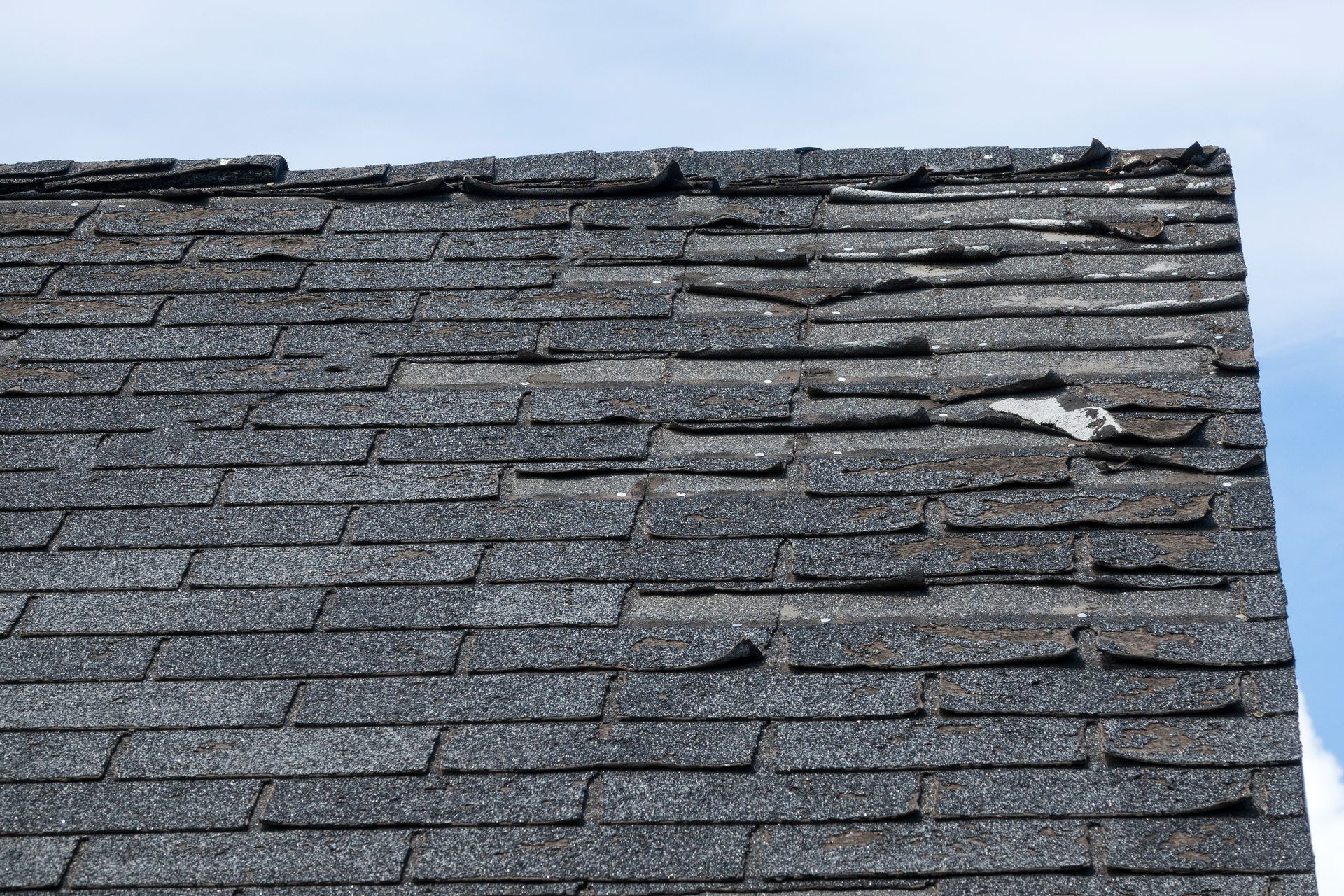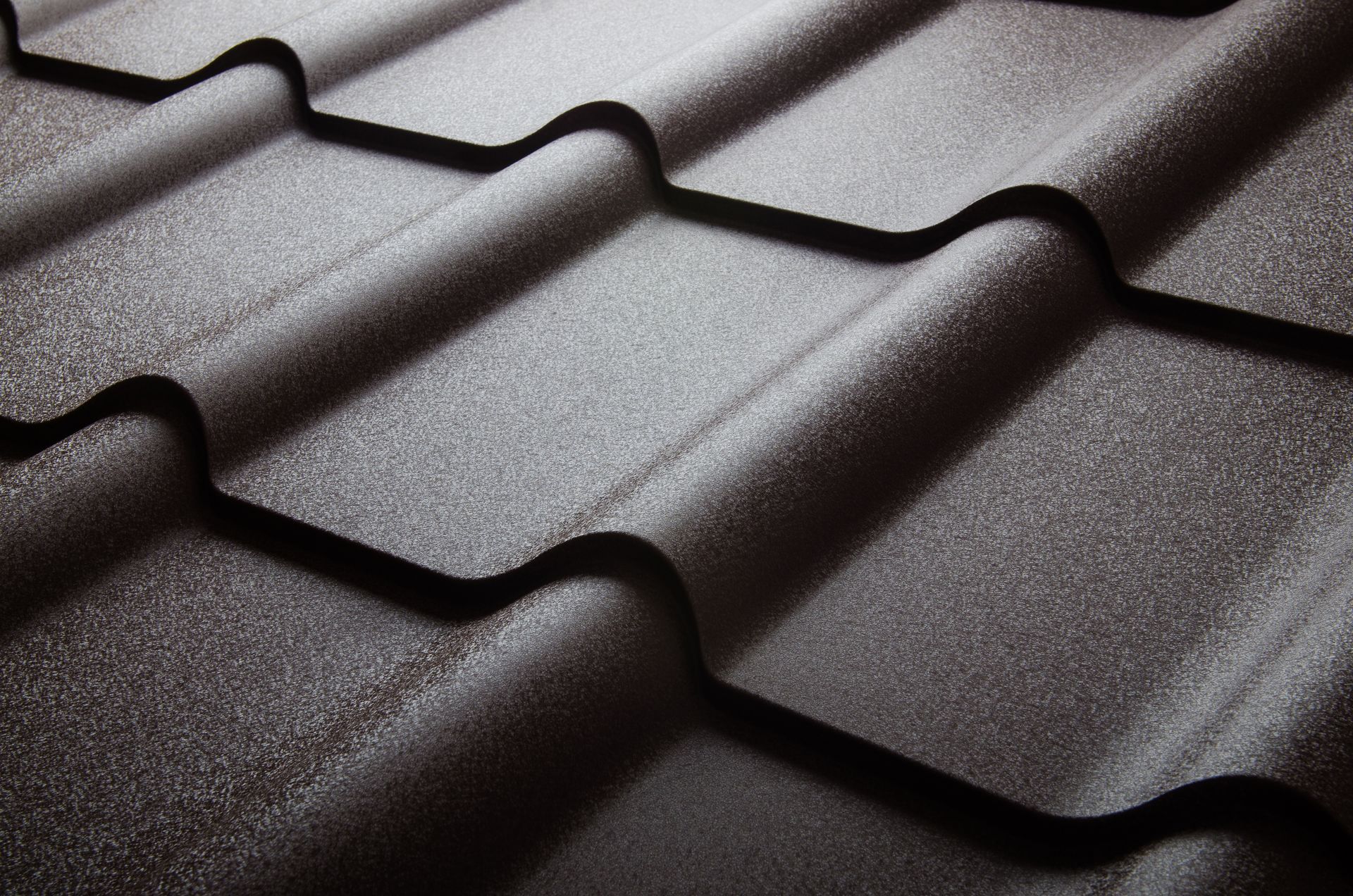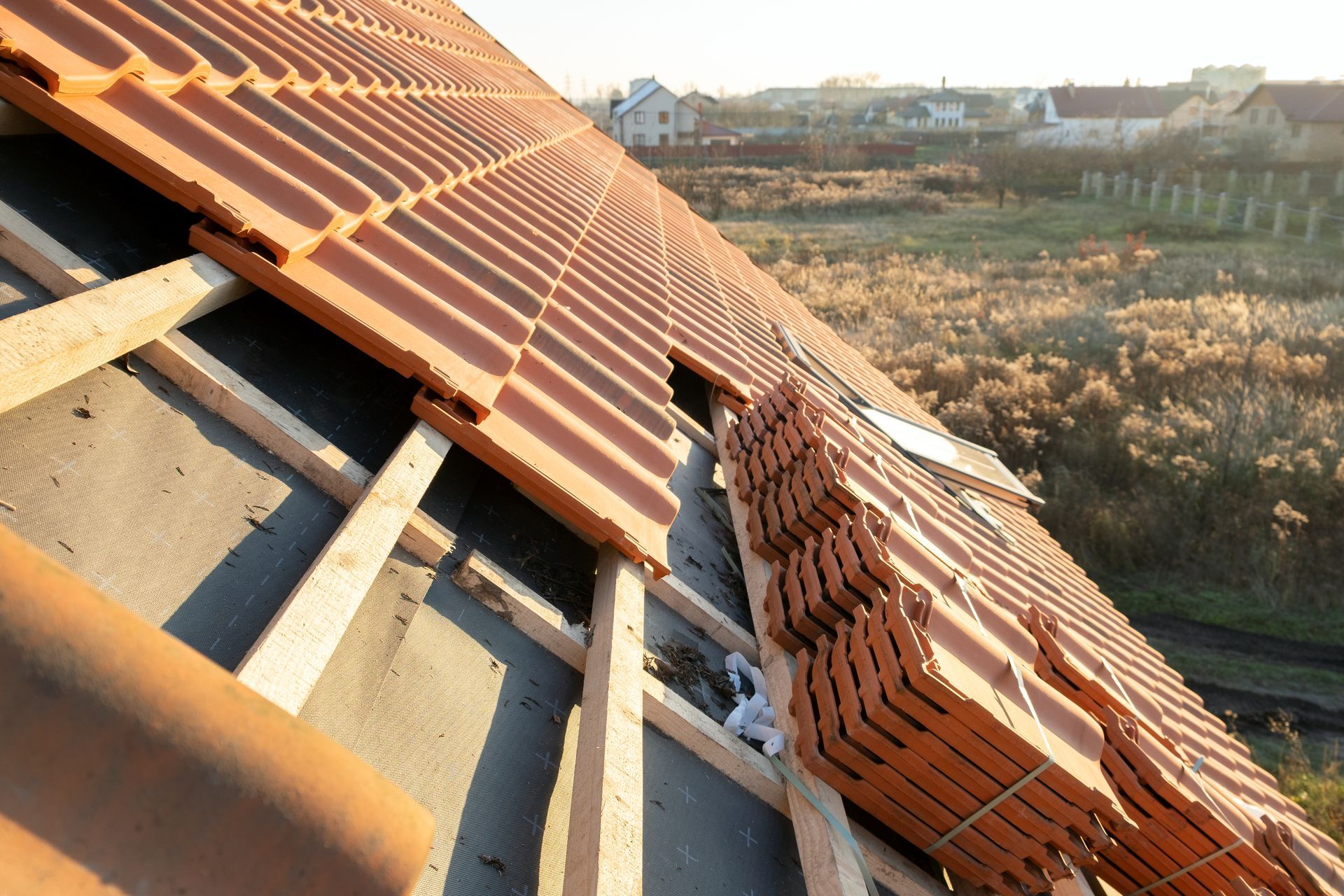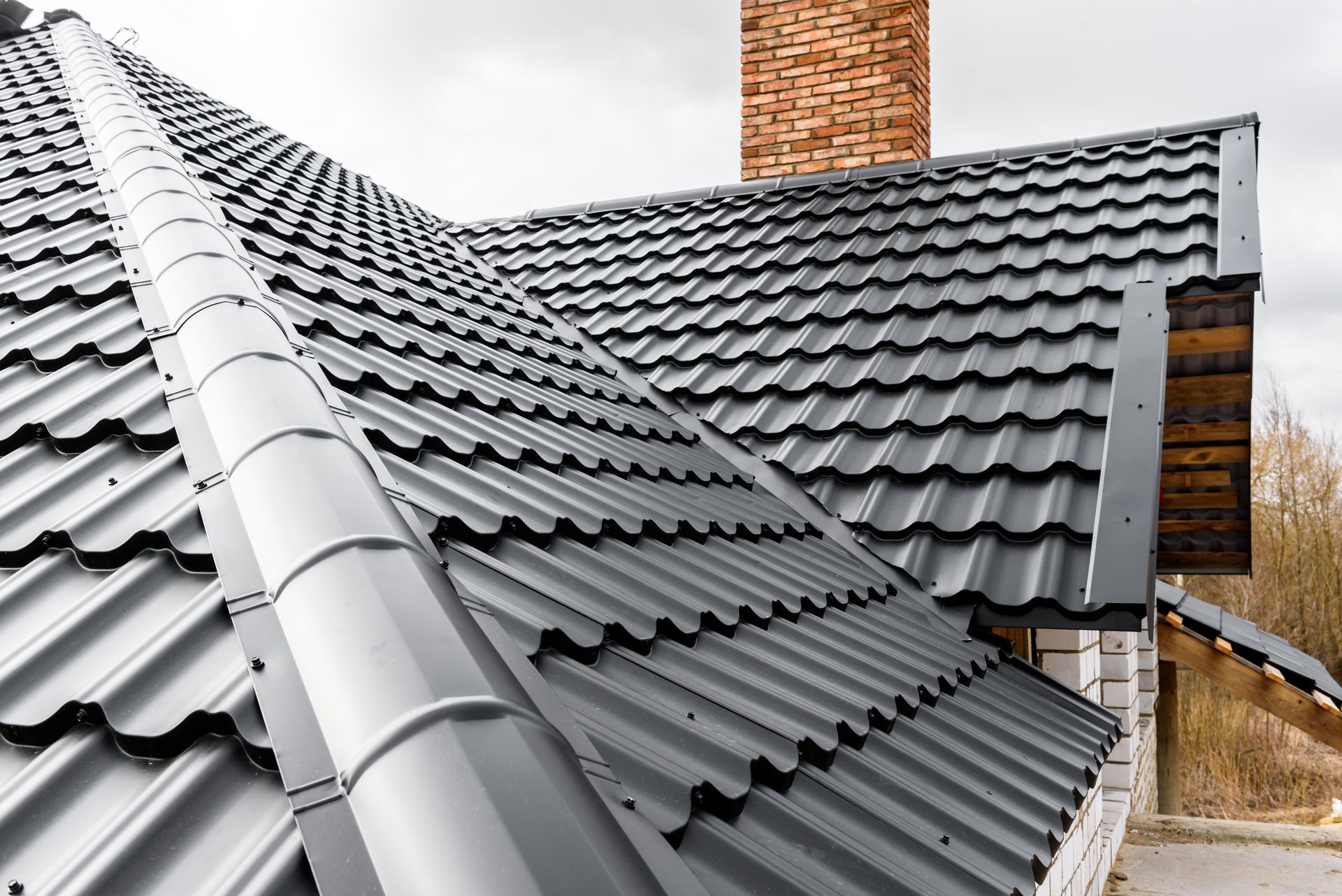Residential & Commercial Roofing Excellence Since 1973 | Schedule a FREE Roof Inspection & Estimate
(817) 249-3338
Difference Between TPO and PVC Roofing
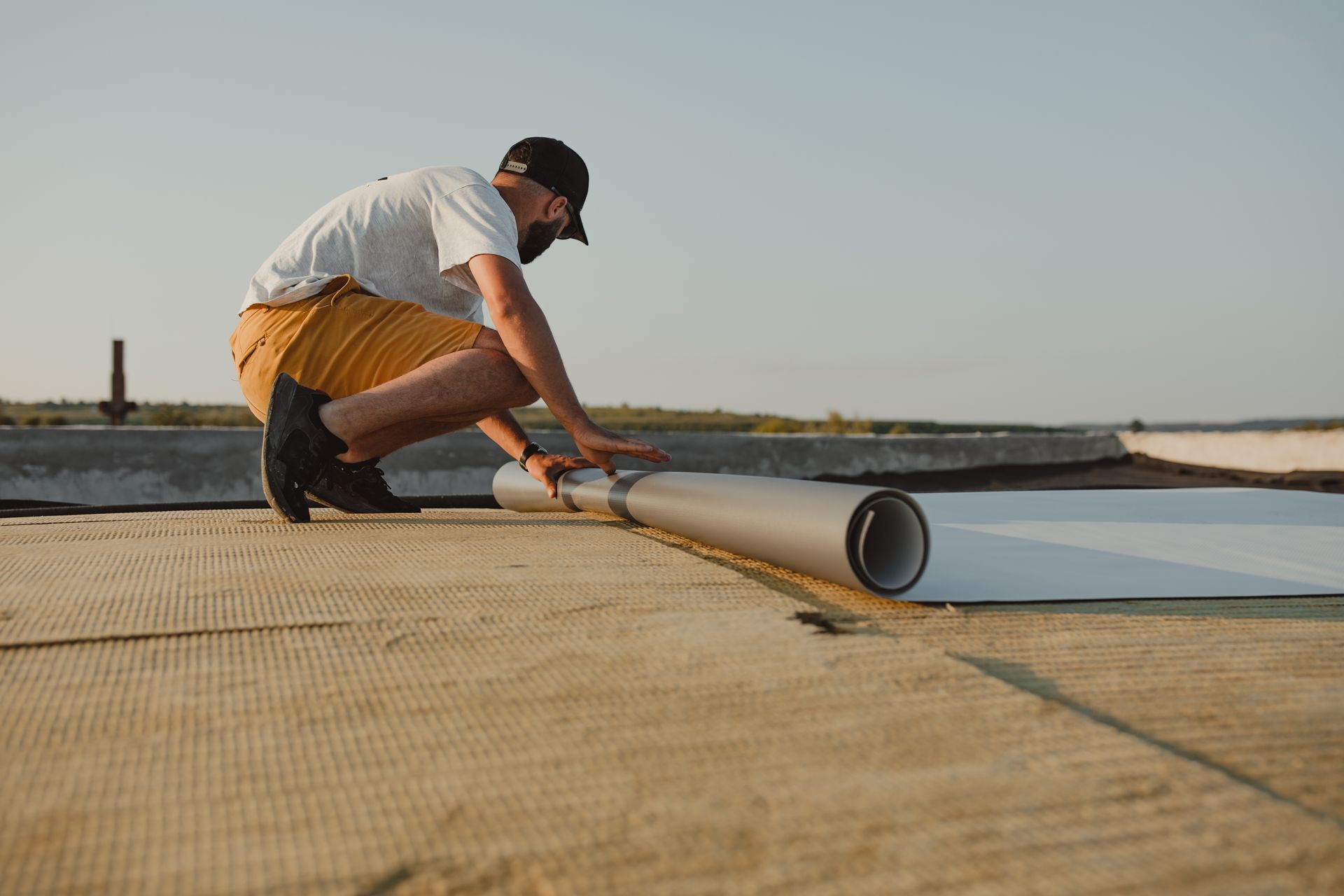
Among the various roofing materials available for commercial structures in the Dallas–Fort Worth area, thermoplastic membranes have long been popular commercial roofing materials thanks to their durability, energy efficiency and ease of installation.
Two common types of thermoplastic roofing membranes are TPO (Thermoplastic Polyolefin) and PVC (Polyvinyl Chloride). While their appearance may seem similar, there are distinct differences between the two that can influence their suitability for different projects.
TPO Roofing
TPO roofing membranes are constructed from a blend of rubber, ethylene propylene and polypropylene. This combination results in a flexible, lightweight membrane that is resistant to UV radiation, chemicals and punctures. TPO roofing is typically white or light-colored, which helps to reflect sunlight and reduce heat absorption, making it energy-efficient and conducive to maintaining comfortable indoor temperatures.
Advantages of TPO Roofing
- Cost-Effective:
TPO roofing is often more affordable than PVC roofing, making it an attractive option for budget-conscious projects.
- Energy Efficiency:
The reflective properties of TPO roofing contribute to lower cooling costs by reducing the heat absorbed by the building.
- Environmentally Friendly: TPO roofing is recyclable and can be manufactured using environmentally sustainable practices, making it a greener choice than some alternative commercial roofing materials.
- Easy Installation: TPO membranes are typically available in wide rolls, allowing for quick and straightforward installation, which can reduce labor costs.
PVC Roofing
PVC roofing membranes are made from polyvinyl chloride, a synthetic plastic polymer. PVC roofing is known for its exceptional durability, weather resistance and chemical resistance. Like TPO roofing, PVC membranes are available in various thicknesses and colors, but they are often white or light-colored to enhance reflectivity and energy efficiency.
Advantages of PVC Roofing
- Superior Durability: PVC roofing is highly resistant to punctures, tears and impacts, making it suitable for buildings in areas prone to extreme weather conditions.
- Chemical Resistance: PVC roofing membranes are resistant to chemicals and pollutants, making them ideal for industrial and commercial applications where exposure to corrosive substances is a concern.
- Longevity:
PVC roofing has a longer lifespan compared to many other roofing materials. With proper maintenance and care, PVC roofs can last upwards of 20 to 30 years.
- Weldable Seams: PVC membranes can be heat-welded at the seams, creating a seamless, watertight barrier that enhances the roof's integrity and prevents leaks.
Differences Between TPO and PVC Roofing
The differences between TPO and PVC roofing include:
- Material Composition: TPO roofing is made from a blend of rubber, ethylene propylene and polypropylene, while PVC roofing is made from polyvinyl chloride.
- Cost: TPO roofing is generally more cost-effective than PVC roofing, making it a popular choice for budget-conscious projects.
- Energy Efficiency: Both TPO and PVC roofing are energy-efficient due to their reflective properties, but TPO roofing typically has a higher solar reflectance index (SRI) than PVC roofing.
- Chemical Resistance: While both TPO and PVC roofing are resistant to chemicals, PVC roofing is generally more chemically resistant, making it suitable for industrial applications.
Additional Considerations:
- Climate and Weather Conditions: Property owners in Dallas–Fort Worth should take into account our climate and weather patterns when choosing their commercial roofing material. TPO may have the edge in the hot summer months where minimizing heat absorption is a top climate-control priority. The heat-welded seams of TPO also help the roofing material perform well under thermal cycling conditions (quick fluctuations between hot and cold temperatures). PVC’s reflective properties and its resistance to cracking at low temperatures also makes it a strong contender. Ultimately, either material can perform well in the DFW climate.
- Roof Design and Complexity:
Evaluate the design and complexity of the roof structure, including slope, drainage systems and rooftop equipment. Both TPO and PVC roofing can be installed with heat welding, allowing customization on complex roofs without sacrificing strength at seams. TPO roofing's flexibility and ease of installation are advantageous for projects with straightforward roof designs or tight timelines.
- Maintenance Requirements: Both TPO and PVC roofing systems require regular maintenance for optimal performance and longevity. TPO roofing may require more frequent inspections and maintenance, especially in high-traffic areas or roofs that may be regularly exposed to contaminants. Proper maintenance practices, such as clearing debris and inspecting seams, are essential for maximizing the lifespan of both TPO and PVC roofing systems.
- Contractor Experience and Warranty: Choose a roofing contractor with experience installing the selected roofing material can help minimize installation errors and ensure longevity. Inquire about the manufacturer's warranty for the roofing membrane and understand coverage, maintenance requirements and repair procedures before committing.
Experience Excellent Commercial Roofing Services in Dallas–Fort Worth
Are you ready to elevate your property’s roofing to new heights of quality and reliability? Trust Billy Harris Roofing to deliver exceptional craftsmanship and top-notch service.
Contact us today to schedule a consultation or give us a call at (817) 249-3338 and discover why Billy Harris Roofing is the premier choice for commercial roofing in the DFW area.

Experience the billy harris roofing way Today
Reputation matters in the roofing industry. Work with a company that has been building lasting relationships with satisfied repeat customers for more than 50 years. Call us today at
(817) 249-3338.
RESIDENTIAL SERVICES
COMMERCIAL SERVICES
locations
7531 Benbrook Pkwy
Benbrook, TX 76126
(817) 249-3338
(972) 369-7287
hours
- Mon - Fri
- -
- Sat - Sun
- Closed
All Rights Reserved | Billy Harris Roofing
Privacy Policy | Powered by REV77 Digital Marketing

